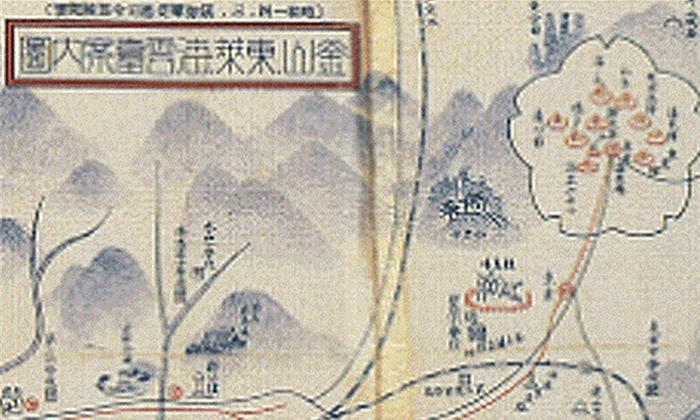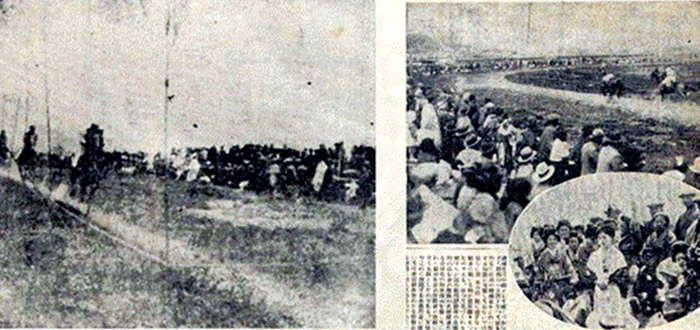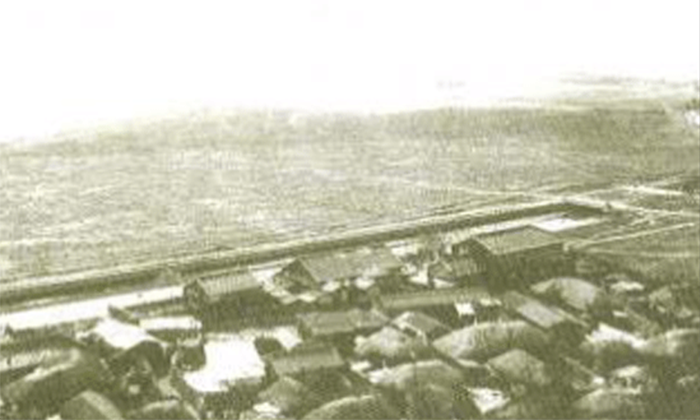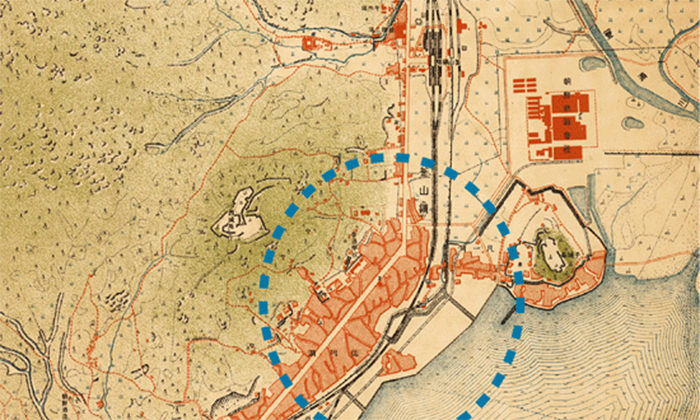Sightseeing Map of Busan during the Japanese Colonial Period
Japanese colonial period
- Japanese colonial period
- U.S. military presence period
- The lives of residents in the Hialeah area
- Site Reclamation Period
The History of Japanese Colonial Period (1910 - 1945)
The Beomjeon-ri area, once a fertile farmland and residential space for local residents, was seized by the Japanese colonial government in 1910 under the pretext of a land survey project. The land was subsequently taken over by various land companies, including the Oriental Development Company and influential Japanese capitalists, leading to the dispossession of local farmers and their forced transformation into tenant farmers.
In the 1920s, with the influx of monopoly industrial capital into Korea as part of Japan's economic stimulus policies, industrial districts such as Busanjin and Seomyeon emerged and developed into modern colonial cities alongside the expansion of transportation infrastructure.
At the same time, urban growth and modernization fueled the consumption and leisure demands of the Japanese middle class, sparking a nationwide boom in indulgent facilities such as Dongnae’s Hot Spring and entertainment venues like racetracks. The Busan Seomyeon Horse Racetrack was also completed in 1930. The Beomjeon-ri site was selected for its convenient location midway between Busan-bu and Dongnae-gun, ease of land acquisition by Japanese capitalists, and as a preliminary step for expanding Busan-bu’s territory. The establishment of the racetrack also reflects its role in pre-basing operations for military purposes, in addition to generating tax revenue for the Japanese Government-General of Korea.
With the outbreak of the Sino-Japanese War in 1937, horse racing activities were drastically curtailed, and the Seomyeon Horse Racetrack was converted into a military base. It served as a logistics hub connected to Busan Port, and the 10228th Cavalry Unit of the Japanese Army was established there to train and support military horses.
With the outbreak of the Pacific War in 1941, the 72nd Quartermaster Corps was established to secure munitions shipments and oversee Allied prisoners of war in the southern region following early battle victories. In 1942, a temporary training center was established on-site to train guards for Allied Prisoners of war. Later, the area was used as a Japanese military munitions depot.
-

-

Seomyeon Racetrack in 1934
-

Horse Racing at Busanjin Burial Ground
-

Horse Racing at Busanjin Burial Ground
-

The Busanjin Burial Ground in 1917, after the completion of the first burial
-

Burial site indicated on the map (now, Choryang-dong)